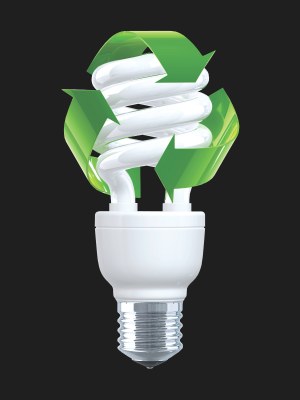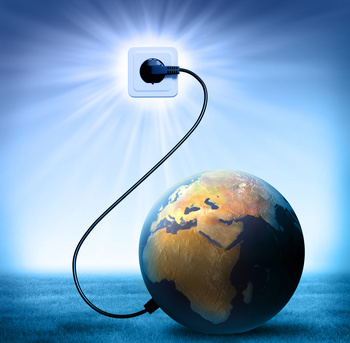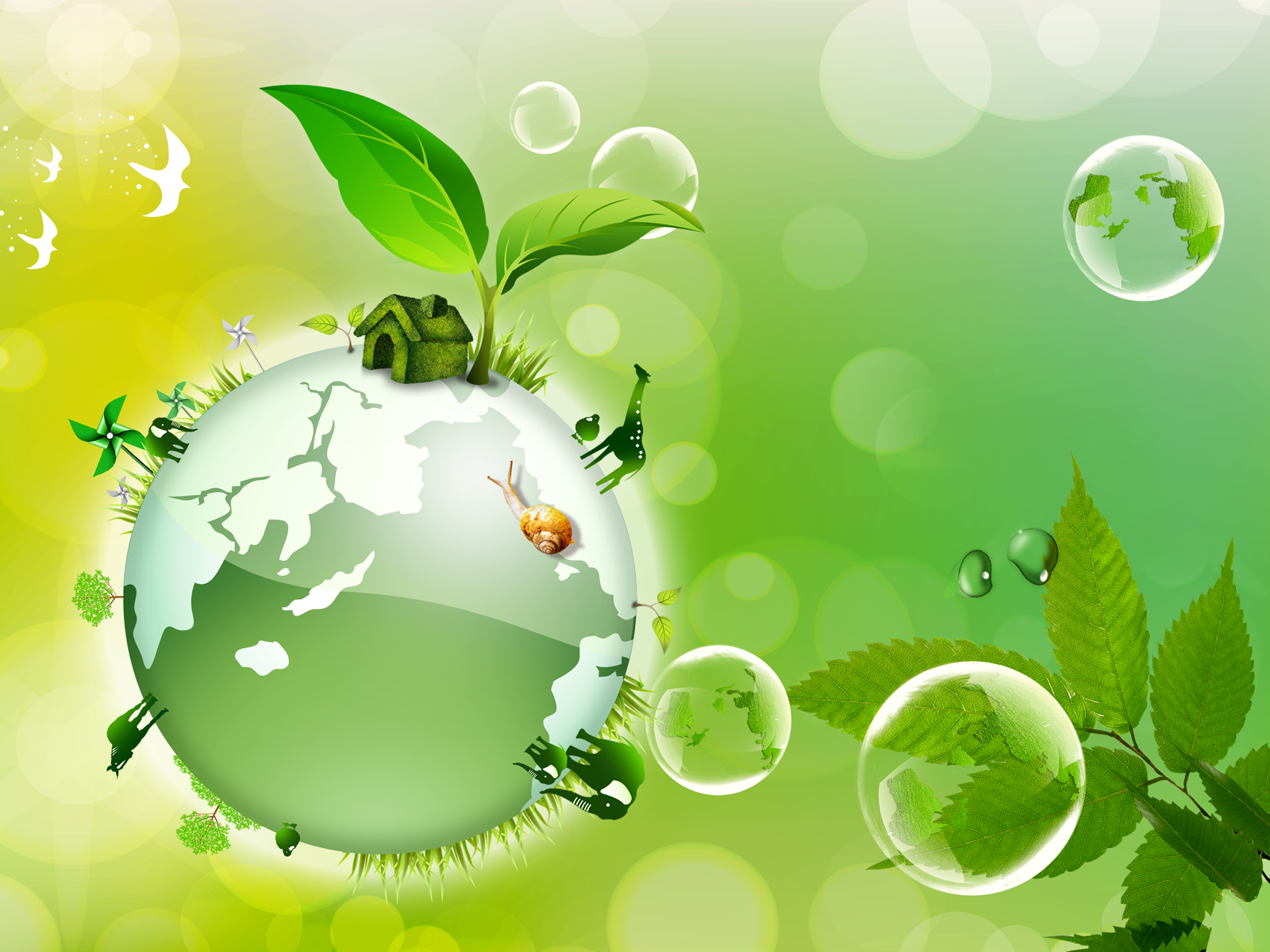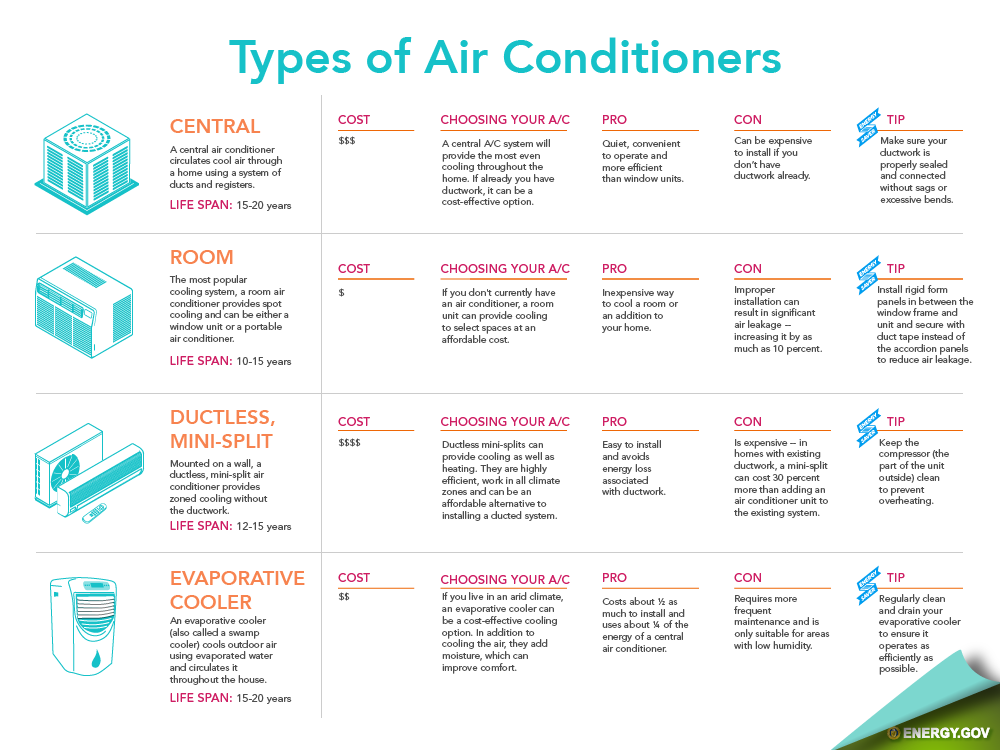Happy morning to my dear readers, how are your days? Been busy with works or in a holiday trip right now? Well either way, I hope you have a fine day.
Last night on the 19th June 2015, I went out with a bunch of my old classmates at a nearby coffeeshop. We spent hours chatting about our past, present and future. We even talked about our working experience with the bosses. Well, all I can say is there are so many funny stories coming from them and one of the funniest is the steps that her company's management had taken to reduce the energy bills. She said that in order to achieve the profit margin of the company, her management has opted for energy savings and one of them is to switch off light when it's not in used.
I was totally agree with that energy saving plans and explained to her the benefit of it, but then she continued another statement which had me startled and quote:
"They even asked us not to turn on the lights in the toilet because there are sunlight. But the problem is even with the sunlight, we can hardly sees anything. We had to walk carefully for every steps that we take. The worst part is, even the production lines need to turn off some of its lights during production"
Wow! Energy saving is a good plan but this is ridiculous. You need to save energy but what is more important is the employees' safety. What if you'd saved just a few dollars on the energy bills but you had jeopardised the workers' safety.
So I'd suggested some of my ideas for her to share with her management and I would like to share this info with you. Firstly, let us define what is the solution for this problem. We have all been trained to save energy since we were young, but today I am not looking at the word "energy saving" but more towards "energy efficiency".
Energy Saving vs Energy Efficiency

Energy Saving- reducing or going without a service to save energy. For example, turning off lights can save energy.
Energy Efficiency- using less energy to provide the same service and quality. For example, changing light bulbs (40W) to LED light (18W) which utilize lesser energy but giving out the same brightness.
As you can see the difference between energy saving and energy efficiency is that both have the same goals of reducing energy but only differ in methodology. The easiest part for using energy efficiently is at the lighting system, no matter it's in a factory, an office building or even at home.
So What Does Lighting Do?
Lighting, otherwise known as illumination, is simply a vehicle for us to be able to carry out tasks comfortably in dark places. We use lights for these four reasons:
- To carry out tasks or work -reading, writing or operating equipment.
- To create an area of comfort or an amenity – this is general lighting to live with either by daylight or artificial light and direct sunlight.
- To create effects for aesthetics – displays, artwork, shadows definition.
- To ensure safety – ensuring appropriate lighting levels for all those using the facility.
So now I'll go into three types of lightings that are typically available in the market. They are known as T8, T5 and LED lighting. These lightings are usually used in a building or even home.
T8 Lights
The "T" designation in fluorescence lamp stands for tubular, which is the shape of the lamp. The number that followed immediately after the "T" is the diameter of the lamp in eighths of an inch. Therefore T8 is a tubular lamp with an eight-eighths of an inch (equivalent to one inch) in diameter.
The power consumption for an average T8 lighting is about 40W. They usually last about 20,000 hours of lifespan. T8 usually requires a ballast and a starter to turn it on.
T5 Lights
T5 lighting is a little bit smaller than T8 lighting. Because it's smaller, that's why it consume lesser power than T8, which is about 28W. Although they consume lesser power, it still can achieve the same brightness as a T8 lighting.
T5 lamps need special ballasts to operate. In most cases, the T5 ballasts will not work with T12 or T8 lamps, although some manufacturers offer electronic ballasts that can operate either T5 or T8 lamps with appropriate wiring. Instant start, rapid start, and programmed start electronic ballasts are available for T5 lamp operation.
LED Lights
LED lights are the latest technology in energy efficient lighting. LED stands for ‘Light Emitting Diode’, a semiconductor device that converts electricity into light.
LED lights are super energy efficient, using approximately 85% less energy than halogen or incandescent lighting – meaning significant savings on your power bills. LED lights also have a much longer lifespan than other types of lighting. LED lights only consume an average 18W of power but able to give out the same luminescence as a T8 or T5 lighting. They do not need ballast or starter to turn on.
Comparison
So now you know there are three options to select when planning to install lighting in your building but you are not sure which one. I have prepared some comparisons so that you can decide which is more suitable for you.
Cost - Basically a T8 lighting costs about RM8 and a T5 is about RM 18. However for a LED light, it costs about RM40.
Lifespan - A T8 and T5 lifespan are almost identical, which are ~10,000 hours. But for LED, the lifespan can go up to ~50,000 hours.
Heat Output - The T8 and T5 generates more heat than LED due to the use of ballast, especially at the tube holder. This will not only builds up heat in a building but also introduces fire hazard. A T8 can generate up to 70°C and a T5 is about 60°C. LED will only generate as much as 35°C.
Comfort - A T8 or T5 tube is usually flickering (though it's not visible to the naked eye) and the lights are drab. A LED light is more ergonomic because they are using diodes that are controlled by drivers.
Environment - The T8 and T5 lights have low pressure mercury-vapor gas-discharge lamp that uses fluorescence to produce visible light. This gas is hazardous to the environment. The LED only uses electronics to produce the light.
Efficiency - The T8 can provide power factor of only 0.5 while T5 can provide 0.7 only because of using ballast. LED can generate power factor of up to 0.9 due to its electronic drivers. (The closer the power factor to 1, the more efficient the light)
I hope that these info can help you in making decision on which lighting is best used in your building. Until we meet again~
























